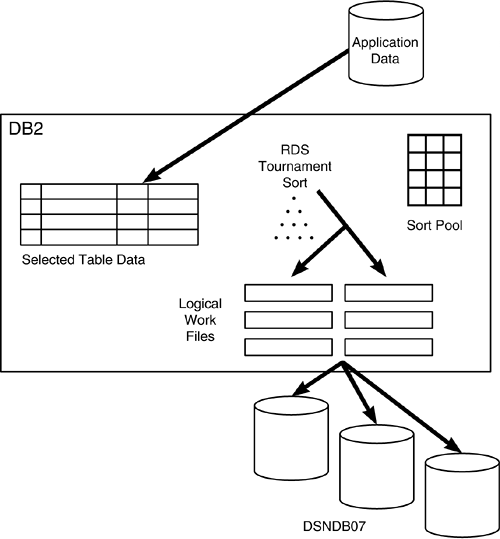



HAVING MAX(TIMESTAMP) 0 AND C.DSNUM = 0)) Application-transparent encryption of Db2 for z/OS data in memory (i.e., in a buffer pool) as well as on disk This can be accomplished using Db2 edit procedures (EDITPROCs), for encryption of entire rows in tables, or via Db2 field procedures (FIELDPROCs) for encryption of data in individual columns. Note: You can paste execution plans displayed as a Tree Plan or Plain Language Plan in text or bitmap format. This is the best way to access DB2/z from C on OE/OMVS/USS (or whatever it's called nowadays). In z/OS there is a similar, I think, menu in TSO. Publib should always be the first point of call for any IBM doco. You say you manually issue the commands in the DB2 commands screen. The simplest way to start is to look at SYSIBM.SYSCOPY, and list all tablespaces in which the latest image copy date is less than today's date minus n days. Right-click the execution plan and select Copy. 3 Answers Sorted by: 2 There is a specific section for ODBC access to DB2/z in the DB2/z 9.1 docs over on publib. You cannot have a clone table without a base table. A clone table only exists if there was originally a base table. They can be populated by: INSERT LOAD etc. I've seen different bits of SQL put forward to do this, but they never seem to take into account all circumstances. like a normal DB2 table Like a normal DB2 table, after creation, the clone objects (table, indexes, aux objects, etc.) are empty. It gives the date of the latest copy if one exists, or '*NO COPY*' if there is no image copy.įor recovery purposes, it's important for a DBA to be able to determine which production tablespaces haven't been copied recently or perhaps haven't been copied at all. This article describes some SQL which gives you a list of tablespaces in a DB2 subsystem that haven't been copied in a certain number of days.


 0 kommentar(er)
0 kommentar(er)
